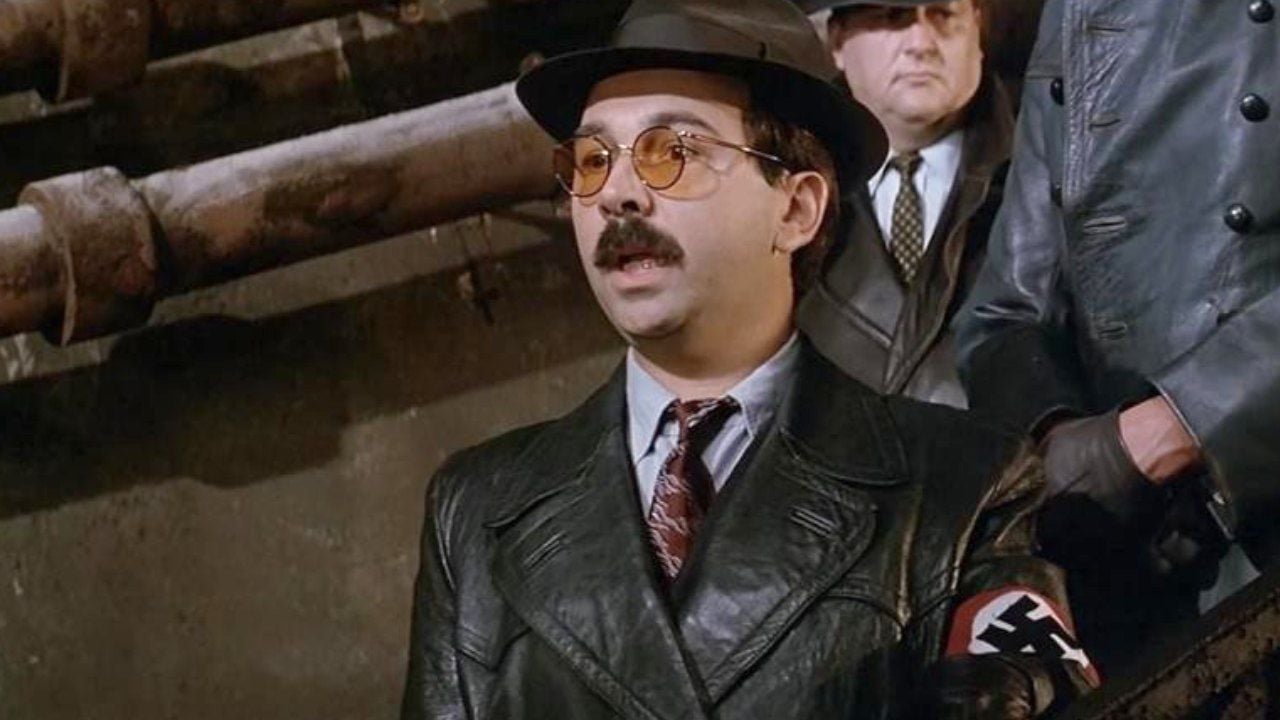Although rare, this is the most common solid tumor among young people
During Blue November, men are reminded of the importance of seeing a urologist regularly, to identify not only prostate cancer, but also other types of cancer, such as testicular cancer, early.
Testicular cancer is the most common solid tumor among young people and affects men between the ages of 15 and 50. Although rare (corresponding to 1% of male tumors), the disease carries a strong stigma, since treatment requires the removal of the affected testicle and the fear that the patient’s fertility or sexual life will be compromised.
High chance of recovery
The first good news is that testicular cancer is 95% curable. The second, important to underline, is that the removal of a testicle does not damage sexual function or the man’s reproductive capacity.
“It’s about removing the tumor and continuing to live normally,” says oncologist Rafaela Pozzobon, of Oncologia D’Or. Therefore, identifying prostate cancer before the disease progresses is essential.
Types of testicular cancer
Testes are organs smaller than golf balls, located inside the scrotum. They have two main functions: sperm production and the hormone testosterone.
Testicular tumors can be divided into two large groups: non-seminomatous (most common in men under 30 years of age) and seminomatous.
Signs and symptoms
Initially, it is normal for the testicle to enlarge and harden, as well as the appearance of lumps similar in size to a pea. Therefore, self-examination is essential to detect the problem early.
Although they are almost always painless, these nodules cause some discomfort that can be confused with the inflammatory process, orchitis. “Therefore, it is important to consult a urologist to obtain the correct diagnosis and undergo adequate treatment,” explains Daniel Herchenhorn, of Oncology D’Or.
In more advanced cases, when metastases are present, other symptoms may appear, such as a mass in the abdomen, bone pain or shortness of breath.
Risk factors
The highest incidence of testicular cancer is found in white men and individuals with a family history of the disease, primarily first-degree relatives.
The disease is also more common in individuals with rare genetic syndromes, such as Down or Klinefelter syndrome, as well as in those who have had cryptochirdia (when one or both testicles fail to descend into the scrotum before birth).
Drugs, sports and obesity
According to Herchenhorn, the hypothesis that smoking and the use of alcohol, as well as other legal and illicit drugs, increase the risk of this type of cancer is controversial. “But there is a study published in 2019, in California (USA), showing a higher incidence of testicular cancer in people who regularly use marijuana,” he reflects.
Other studies also highlight a greater propensity to the disease in people suffering from obesity.
As for sport, there is no proven relationship with the risk of the disease, although many men are concerned about cycling. “Neither this sport, nor any other, increases the risk of testicular cancer,” guarantees the doctor.
Diagnosis and treatment
The diagnosis is made by the doctor through palpation, in addition to diagnostic imaging tests (ultrasound or magnetic resonance imaging) and blood tests. The latter helps identify specific markers for certain types of testicular tumors.
If diagnosed at an early stage, the chances of success are high. “During the operation we remove the testicle and, in its place, insert a silicone prosthesis to maintain the aesthetics of the gland”, describes Rafaela Pozzobon. After discharge the patient is monitored by the doctor, without the need for radiotherapy or chemotherapy.
If the other testicle is healthy, fertility will be preserved. In advanced cases or metastases, treatment involves surgery and chemotherapy. In this case, the patient is advised to reserve sperm in sperm banks before treatment in order to become a father in the future.
Importance of regular exams
The doctor notes that, according to a study, in Brazil there is an increase in testicular cases, as well as a trend of increasing mortality.
For all these reasons, he encourages men to undergo regular self-exams of their testicles to identify any abnormalities, such as a lump. Furthermore, it reminds us that it is essential to consult a urologist regularly, from an early age:
“Just as a woman goes to the gynecologist, a man should also consult a urologist to evaluate his health.”
Source: Terra
Ben Stock is a lifestyle journalist and author at Gossipify. He writes about topics such as health, wellness, travel, food and home decor. He provides practical advice and inspiration to improve well-being, keeps readers up to date with latest lifestyle news and trends, known for his engaging writing style, in-depth analysis and unique perspectives.








